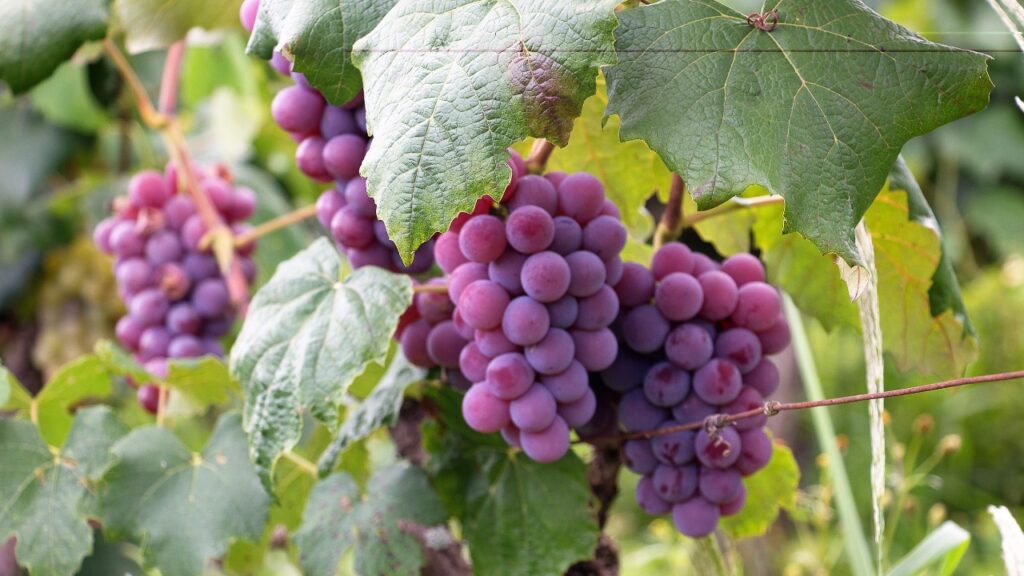Wines have been consumed as a source of healthy food for centuries. The Egyptians, Greeks, and Romans believed that wine was a healthy drink and prescribed it as medicine or consumed more than water. After all, Red or White Wine? Which is best for our health?
With advances in medicine, scientists discovered that phenolic compounds in plants are responsible for the benefits to human health.
In plants, phenolic compounds act as defense agents against predators that eat their fruits, leaves, and seeds before ripening, providing astringency, color, flavor, and aroma.
When present in our body, these compounds have anti-inflammatory and antioxidant properties, which fight free radicals that cause damage to the cellular structure of our body and accelerate the aging process. In addition, they contribute to the prevention of different diseases, such as diabetes, cardiovascular illnesses, Alzheimer’s, Parkinson’s, and cancer.
In this article, I will explain in detail which is better for our health: Red or White Wine?
Wine is a constant proof that God loves us, and loves to see us happy.
– Benjamin Franklin
You can also watch this and other exclusive GA Originals on YouTube. Click on the video and subscribe to our channel.
Jump To Section
What Are Phenols?

Phenols are a large and complex group that has about 8000 subclasses and are found in fruits, tea, beer, olive oil, chocolate, cocoa, coffee, and fruit-based beverages such as wines.
However, grapes are the greatest source of phenolic compounds compared to other fruits and vegetables.
Among them, tannins stand out, which give that astringency or dry mouth sensation when tasting wines, and resveratrol, which has been widely analyzed in studies on moderate wine consumption and the prevention of several diseases. Read the complete article about Wine Red Benefits.
These compounds are present in the grape stem, leaves, skins, and seeds.
Wine Production
During the production of wine, the maceration process takes place, which consists of the contact of the must or grape juice with the skins, stems, and seeds to extract essential substances and form the wine, such as color, aromas, and tannins.
Maceration to produce red wines lasts around one week. During this period, the dilution and diffusion of compounds from the pulp, skin, and seeds occur, producing wines with good intensity of color and aromas.
Inversely, in white wine production, the target is to extract the aromas, not tannins and anthocyanins – the pigment responsible for the wine color. Therefore, the maceration is either very short, lasting a few hours, or doesn’t even happen.
Thus, red wines have a higher concentration of phenolic compounds, such as resveratrol and tannins, than white wines.
As a result, researchers have confirmed that red wines provide greater health benefits than white wines.
Did you like this article?
I hope this article has improved your wine skills. To learn more about wines, take a look at the Sauvignon Blanc: The Enthusiast’s Guide To Wine Lovers.
Leave a comment below and share our content.
Help our community grow by following our social media on Spotify, Instagram, Facebook, Youtube, and Tiktok. And stay up to date with the news from the world of Gastronomy.
Don’t forget to tag @gastrovinoacademy on Instagram and hashtag it #gastrovinoacademy.
Cheers 🍷


